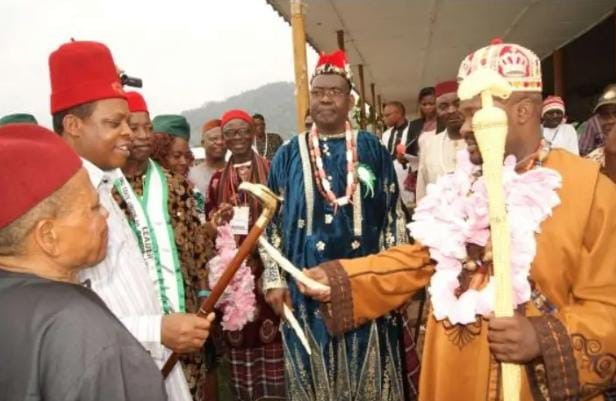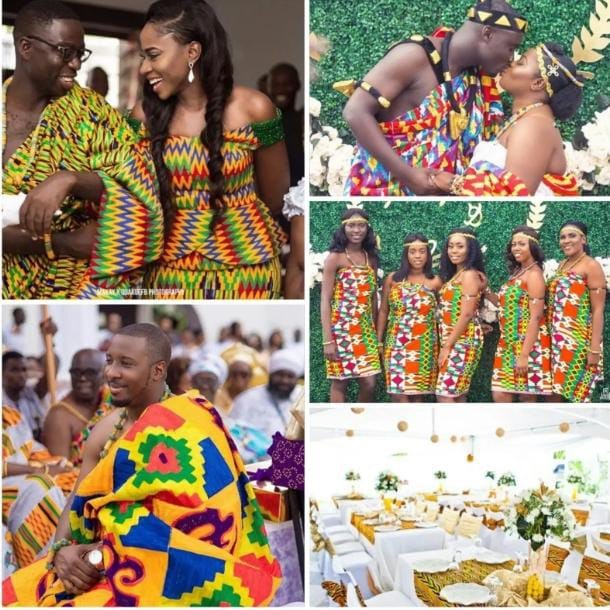History of Togo
Togo is a West African country located between Ghana and Benin. Its history dates back to the 16th century when the Ewe and Mina ethnic groups settled in the region. These groups were later joined by the Kotokoli, who migrated from present-day northern Nigeria. (Akinwumi Ogundiran, 2018)
In the late 19th century, Togo became a German protectorate. The Germans exploited the country’s resources, including rubber and palm oil, and forced the local population to work on plantations. This led to several uprisings, including the 1904 Maji Maji rebellion, which was eventually suppressed by the German forces. (Trillo, 2013)
During World War I, Togo was occupied by British and French forces. After the war, Togo was divided between Britain and France, with the British controlling the eastern part of the country and the French controlling the west. In 1960, Togo gained independence from France, and Sylvanus Olympio became its first president. (Akyeampong, 2012)
Olympio’s rule was short-lived, as he was assassinated in 1963, leading to a period of political instability. In 1967, Gnassingbé Eyadéma seized power in a military coup and ruled the country for 38 years until his death in 2005. During his rule, Eyadéma was accused of human rights abuses, including torture and extrajudicial killings. (International Crisis Group, 2005)
After Eyadéma’s death, his son Faure Gnassingbé was declared president, leading to protests and violence. The African Union, the United Nations, and the Economic Community of West African States (ECOWAS) condemned the election and called for a new vote. Eventually, a new election was held, and Gnassingbé was re-elected in 2010 and 2015. (United Nations, 2005)
Today, Togo remains one of the poorest countries in the world, with high levels of unemployment and poverty. Despite these challenges, the country has made progress in areas such as health and education, with improvements in maternal and child health and an increase in primary school enrollment. (World Bank, 2021)

Location
Togo is a small country located in West Africa, bordered by Ghana to the west, Benin to the east, Burkina Faso to the north, and the Gulf of Guinea to the south. Togo has a land area of 56,785 square kilometers and a population of approximately 8 million people (CIA World Factbook, 2021).
The country is situated on the Gulf of Guinea and has a short coastline of approximately 56 kilometers. Togo’s capital city is Lomé, located on the southern coast, and it is the largest city in the country. Lomé is a major port city and serves as the country’s economic, cultural, and political center (Britannica, 2021).
Togo’s location makes it a strategic gateway between West and Central Africa, and it has historically played an important role in regional trade and commerce. However, the country faces several challenges, including political instability, poverty, and food insecurity (USAID, 2021).
In conclusion, Togo is a small country located in West Africa, bordered by Ghana, Benin, Burkina Faso, and the Gulf of Guinea. The country’s capital city, Lomé, is situated on the southern coast and serves as the country’s economic, cultural, and political center. Togo’s location makes it a strategic gateway between West and Central Africa, but the country faces various challenges that require attention from both local and international actors.

Climate
Togo is a West African country that sits along the coast of the Gulf of Guinea. The country has a tropical climate with distinct wet and dry seasons. According to the Köppen climate classification system, Togo falls under the Aw category, which means it has a tropical savanna climate. (Oyewole & Oluwole, 2017)
The dry season in Togo runs from November to February, while the wet season lasts from March to October. During the dry season, the Harmattan winds blow from the Sahara, causing a drop in temperature and an increase in dryness. (Dovi & Nyametso, 2020) However, during the rainy season, the country experiences heavy rainfall, high humidity, and temperatures averaging around 30°C. (Oyewole & Oluwole, 2017)
Togo’s climate is heavily influenced by its location on the coast and its proximity to the equator. The country experiences high levels of rainfall, particularly in the southern regions, which can lead to flooding and landslides. (Dovi & Nyametso, 2020) The coastal areas also experience high levels of humidity, which can be uncomfortable for those not used to the climate. (Oyewole & Oluwole, 2017)
In recent years, Togo has experienced changes in its climate patterns, including changes in rainfall patterns, increased temperatures, and increased frequency of extreme weather events. These changes have been attributed to climate change, which is affecting countries globally. (Kpemoua et al., 2020)
In conclusion, Togo has a tropical savanna climate with distinct wet and dry seasons. The country experiences high levels of rainfall and humidity, particularly in coastal regions. However, Togo is also experiencing changes in its climate patterns, which are likely to have significant impacts on the country’s economy and population.
Languages
Togo is a multilingual country with over 40 languages spoken across its various regions. These languages are divided into two main groups: the Niger-Congo languages and the Volta-Niger languages. The Niger-Congo languages are further divided into the Kwa, Gur, and Mande subfamilies, while the Volta-Niger languages are divided into the Gbe and the Atlantic-Congo subfamilies.
The most widely spoken language in Togo is Ewe, which is part of the Gbe language family. It is spoken by over 20% of the population and is mainly spoken in the southern and southeastern parts of the country. Another major language spoken in Togo is Kabiyé, which is part of the Gur language family. Kabiyé is spoken by over 15% of the population and is mainly spoken in the central and northern parts of the country.
Other languages spoken in Togo include Kotokoli, which is part of the Gur language family, and Mina, which is part of the Gbe language family. These languages are spoken by over 10% of the population each, and are mainly spoken in the central and southern parts of the country.
Apart from these major languages, there are several other minority languages spoken in Togo, such as Aja, Bassar, and Ifè. These languages are mainly spoken in specific regions of the country and are often used in local contexts such as traditional ceremonies and cultural events. In conclusion, Togo is a diverse country with a rich linguistic heritage. The different languages spoken in the country reflect its cultural and ethnic diversity, and they play an important role in shaping its society and history.




